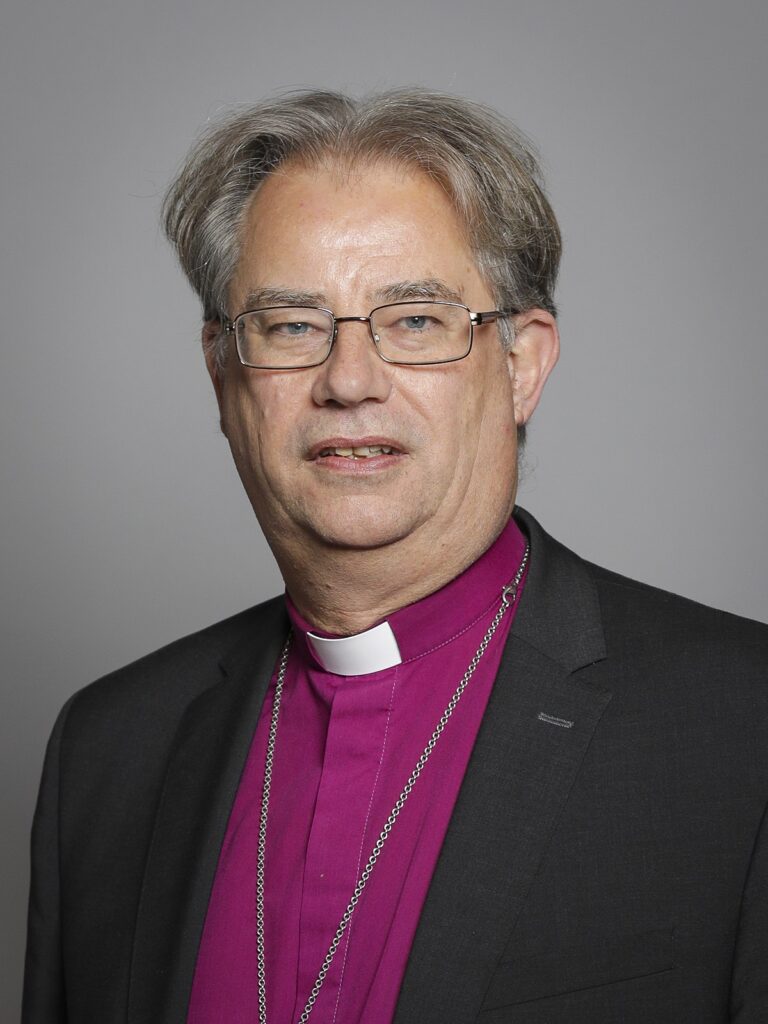
The telling of stories was one way that Jesus used to communicate truths about God and human behaviour. Preachers in the church know how, when we read and study these stories, they keep on giving. There is never only a single interpretation to the parables that we find in the gospels. There are always new facets of meaning and insight to be extracted as we ponder them over a lifetime. It is also perhaps legitimate to try to imagine the stories as they might be retold today with another teller and another context. Here is an example of how one well-known parable might be retold to resonate with some of our contemporary issues.
Travelling from Jerusalem to Jericho is a dangerous business. I never know whom I might meet when I travel that way. Sometimes people are after my money and possessions and sometimes they simply want to recruit me into one of their gangs so I can work for them and bring others under gang control. If I were to be young, there is the added danger of being harassed or worse. The journey along that way always makes travelling very stressful indeed. I would rather not do it, but my whole livelihood depends on it.
As a frequent traveller I know others who make the journey regularly. So far, I have managed not to suffer the humiliation of being stripped naked, wounded and left half dead. I gather from talking to survivors that not all the bandits on the road are true outlaws. Some are well respected members of the Samaritan community, and they go in for banditry during their spare time. One or two of these part-time bandits have been brought to justice. The religious ones among them seem to get off and go free. When the Romans get involved, which is not very often, then justice seems to happen. They are disowned by their community and get sent to prison. Others, especially the ‘religious’ ones, are let off on some technicality. I also hear about individuals within the religious hierarchy who refuse to testify against their chums when they are brought to justice. The higher up the chain of religious importance you are, the more likely it is that you will be let off.
Recently I have heard about a new initiative designed to help travellers on the Jerusalem-Jericho Road. The organiser is a Gentile, and he has studied abroad in things like law and philosophy. This fact alone and his independence of the religious establishment gives us travellers confidence. If it were organised by anyone linked to the important people in the Samaritan hierarchy, none of us would be able to trust it. This Gentile is a true independent and will not be compromised by any of the strands of loyalty that have linked some of the bandits to the top people in the Samaritan network. The main part of the new initiative involves organising safe spaces for travellers in danger. The organisation has been able to recruit Innkeepers along the way to help in the project. All of them are being thoroughly vetted to make sure that their inns are safe for vulnerable travellers. They will be trained in first aid and self-defence skills. All will have emergency funds to tide over any travellers who have had all their money stolen.
For a time, the scheme has worked well. The Priests at the top of the Samaritan network are also gradually being forced to own up to their past connections to the bandits. Many links, that some of those convicted of terrible crimes have had with people of religious importance in Samaria, have been brought to light. All members of the ruling body have been on safeguarding training. Now they can recognise the way that abuse of power is not only found in armed robbery but also in the way the Priests conduct their business in everyday religious administration. Also, they have come to understand how money raising is not the same thing as common extortion. People are everywhere learning to question and hold to account those who have positions of religious importance.
Recently a terrible event occurred on the Jerusalem Jericho Road which reminded us of the old days of banditry when things were really bad. A traveller was beaten and left for dead on the roadside. He was not rendered unconscious so he was able to tell us what happened while he was waiting for help. Two people passed on the other side of the road. He recognised both of them as being members of the Samaritan religious leadership. He knew that each had been on several levels of safeguarding training. This had been arranged by the Priests for everyone working in and around Samaria. They will know what to do, the traveller thought. But no, it seems that helping a wounded traveller is too complicated; there are too many forms to fill in and the witness might get something wrong when they try to apply the high priest regulations to the situation. Worse still, if too many questions are asked, it may turn out that the bandits are themselves Jews in good standing. Helping to bring a fellow Samaritan to justice would be betrayal. Passing by on the other side is the best strategy in this situation.
Fortunately, one of my group, the Survivor Supporters Cabal (SSC), was on hand nearby and quickly helped the wounded traveller to a designated inn where he would be safe. Here he was able to recover his strength and tell his story. He was able to describe his attackers as well as those who declined to help him. Both groups were identifiable, but the religious authorities in Samaria refused to get involved. But even more serious was the response as a result of all the publicity to this new case. New pressure has been placed on my network in SSC by the religious establishment. The religious authorities cannot stop the volunteer workers, but they can undermine the livelihoods of those who work in the inn network project. Overnight the secretary, who makes sure that the safe inns who help travellers are properly supplied with money and first-aid material, was sacked and the financial support for the project withdrawn. The Priests of Samaria were not prepared to offer any help to a project which showed them up in a bad light.
The result of this latest outrage and the totally inept response to it is twofold. Lots of people are asking questions and the top religious authorities are starting to look really shamed and embarrassed. Because the member of SSC and the inn keeper’s (a gentile) help was so vital and effective, the religious authorities now want to try to hit back. There is a plan to buy up all the inns that are part of the support network and make sure that they are only run by approved Samaritans in good standing. Only the high priests’ regulations are to be followed when it comes to rescuing wounded travellers. It is obvious that the authorities do not want to do the necessary work of making sure that the road is kept safe and that those who are wounded get appropriate help. Perhaps it is because the whole structure of the ruling authorities in Samaria has become so tangled and wrapped up in human power games, that the will to do the necessary work of reform is simply not present.








